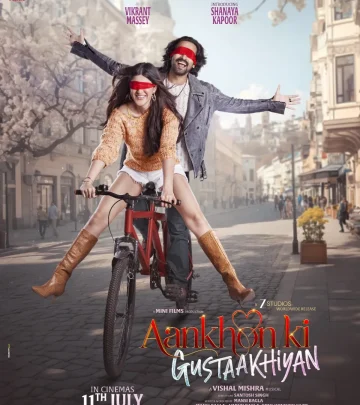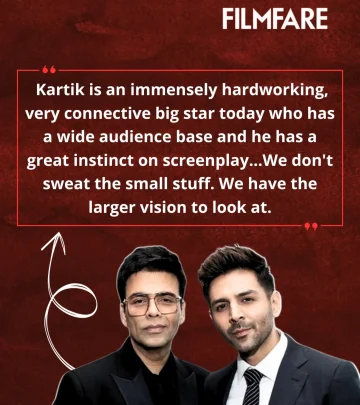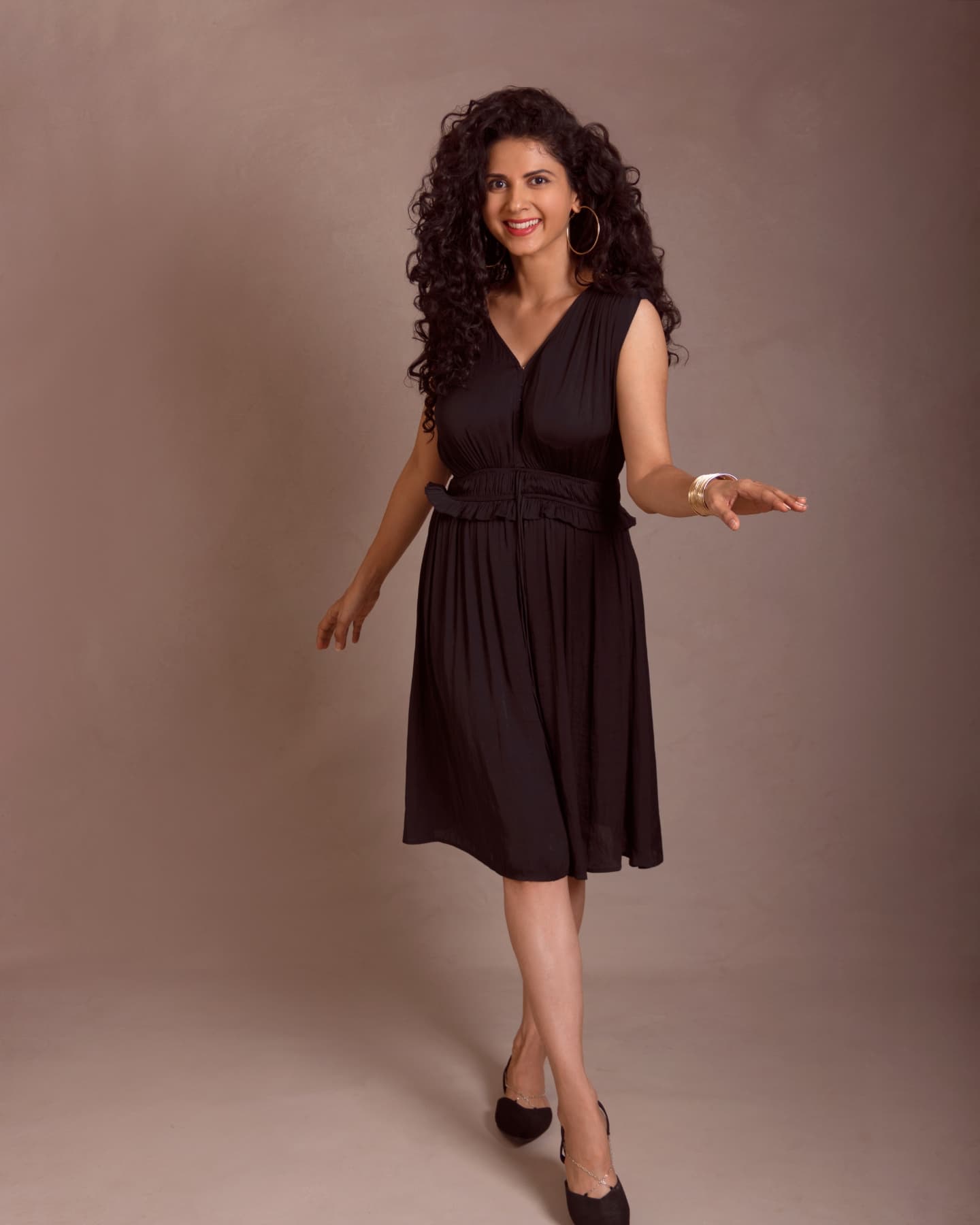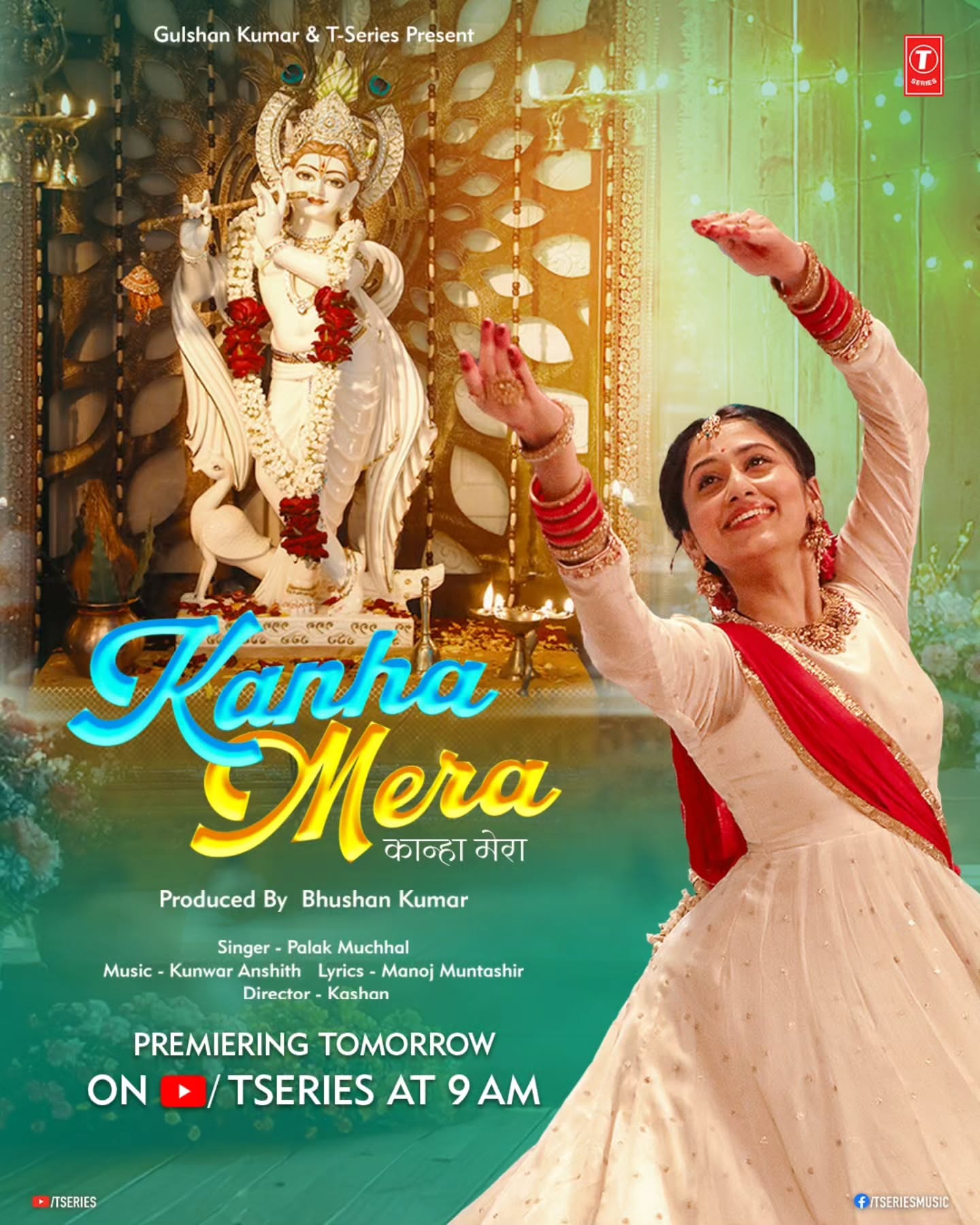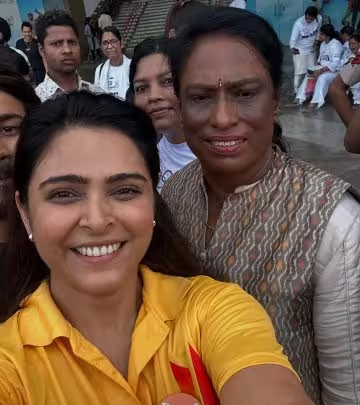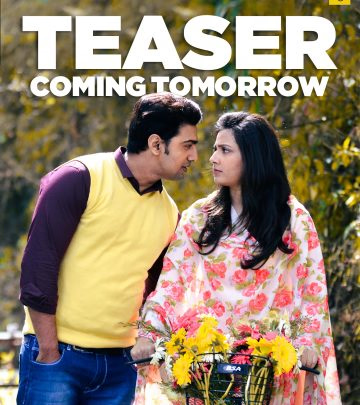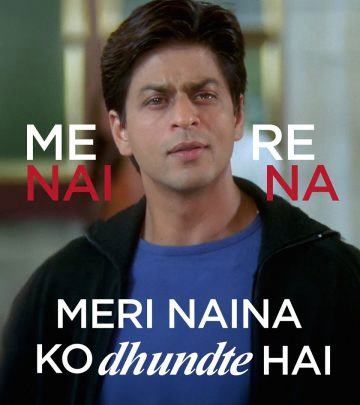Kaalapatthar Reveals Cinema’s Poignant Soul
Film Kaalapatthar Captures A Quiet Storm Of Emotion As Dhanya Breathes Life Into Pain.!!!!
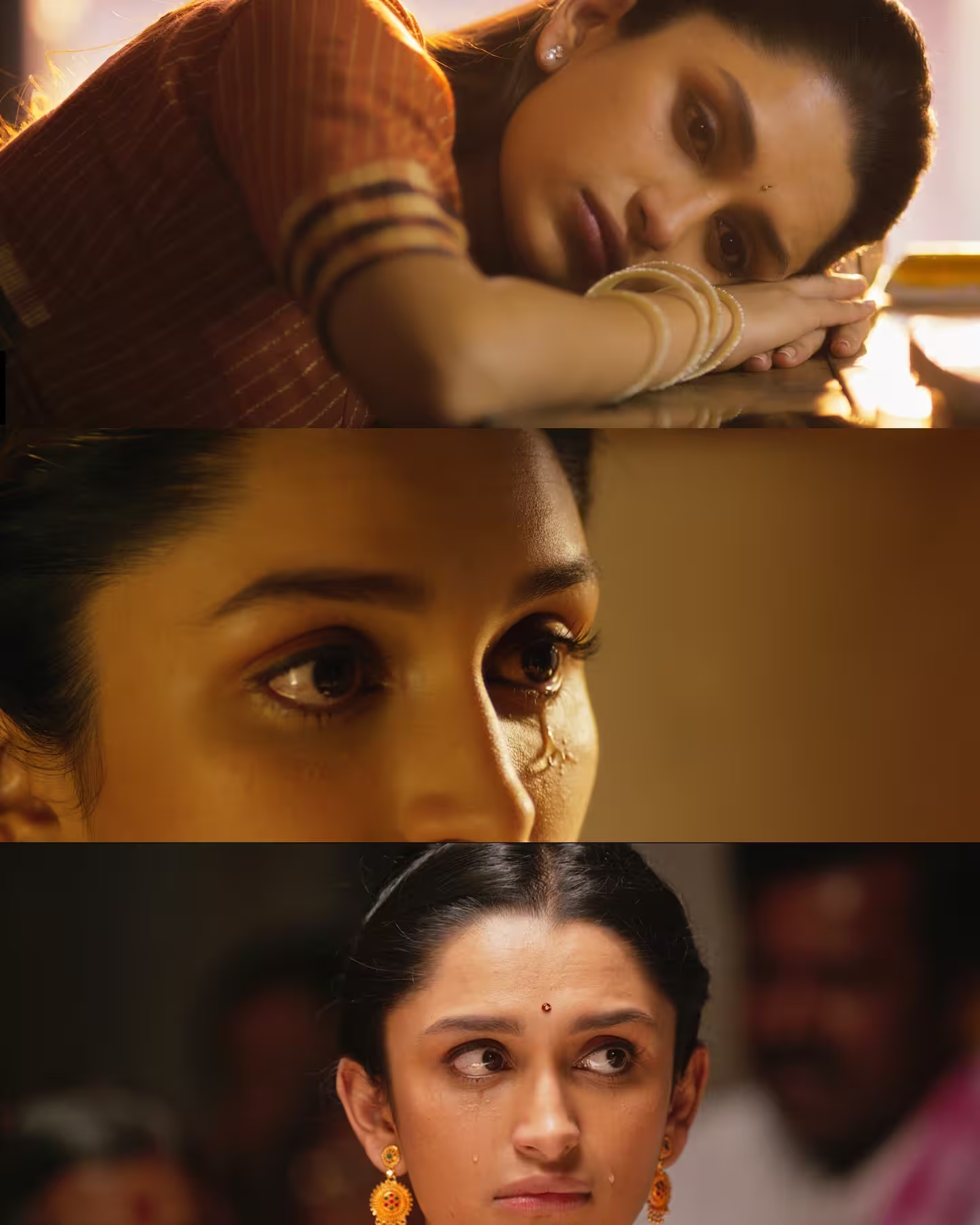
Image: Instagram
The art of storytelling in cinema is often defined by the quiet moments that speak louder than dialogue. In a recent Instagram post, acclaimed actress Dhanya Ramkumar captured the essence of this idea when she shared: “In silence and sorrow, cinema finds its soul — Kaalapatthar captures the quiet storm within, where @dhanya_ramkumar breathes life into pain with every glance.” With these words, the film Kaalapatthar is positioned not simply as another cinematic work, but as an introspective narrative where every look and every pause is an emotive statement.
Embracing Silent Sorrow
This film marks a turning point for those who believe that the absence of overt expression can deliver the most powerful messages. Through Dhanya’s performance, Kaalapatthar unfolds as a poignant exploration of inner turmoil and gentle grief. The image shared on Instagram—an intimate close-up revealing subtle details of expression—reinforces the idea that emotion, when conveyed through minimalistic aesthetics, tells a story of resilience and quiet suffering. The subtle interplay of light and shadow not only emphasizes the internal conflict of the character but also mirrors the film’s overarching theme: that pain can be as beautiful and moving as it is tragic.
For many, Dhanya’s work has always been synonymous with authenticity. Audiences have celebrated her ability to translate deep, personal sorrows into powerful visual narratives. In Kaalapatthar, her performance transcends the conventional limits of dialogue-heavy cinema, instead inviting viewers to absorb the silent language of her expressions—the lift of an eyebrow, the soft glisten of tears, and the calm stoicism that speaks volumes beyond words.
Cinematic Expression Through Dhanya’s Eyes
The film’s title, Kaalapatthar, hints at a narrative layered with symbolism, merging the rigidity of stone with the fluidity of time and emotion. Critics and cinephiles have observed that these metaphors resonate strongly within the film’s structure. Here, the act of bearing pain is portrayed not as an act of resignation, but as a profound form of expression. Dhanya’s role embodies this duality, where every glance carries a myriad of unspoken emotions—each one subtly challenging the notion that silence equates to emptiness.
In a previous Instagram post captured by photographer Sandeep MV and styled with a keen eye for detail, Dhanya was seen in a setting that echoed the stylistic choices of Kaalapatthar. The imagery—deliberately sparse, yet rich in texture—provides further context to her current role. The repeated theme of introspection and vulnerability seems to be an ongoing muse in her career, one that continues to captivate audiences and critics alike.
Beyond its aesthetic appeal, Kaalapatthar invites viewers to reflect on their own moments of solitude. The film’s narrative structure is built around the transformative power of introspection. It challenges the audience to find beauty in the unspoken and to understand that true emotional expression often lies in what is left unsaid. In a world overwhelmed by the constant barrage of rapid-fire dialogues and overstated emotions, this film offers a refreshing pause—a cinematic meditation on life’s quieter, more reflective moments.
The production design of Kaalapatthar also complements its narrative. Forethought is evident in every frame, from the choice of a muted color palette to the strategic use of natural light. These choices combine with Dhanya’s nuanced performance to highlight the internal landscapes of her character. Each scene is crafted like a painting, where every shadow and every ray of light contributes to the visual poetry that defines the film.
Film enthusiasts and critics have drawn parallels between Kaalapatthar and classic cinematic works where the character’s internal struggles were the focal point. The film’s approach is a reminder of an era when cameras captured subtle human emotions and every frame was a canvas for storytelling. Dhanya’s ability to breathe life into such a role cements her status as an actress who is continually willing to push boundaries and explore the depths of human experience.
As anticipation for Kaalapatthar builds, the film is already stirring conversations among cinephiles and critics. It is being hailed as a testament to how cinema can use minimalism to evoke powerful responses from its audience. Viewers are eager to witness how the story unfolds on the big screen and how each carefully constructed scene deepens their connection to the characters.
In a medium where dialogue often overshadows visual narrative, Kaalapatthar stands out by reminding us of the beauty and potency of silence. Dhanya Ramkumar’s performance serves as a vivid reminder that sometimes the most stirring emotions are those conveyed without a single word, and that cinema, at its core, is an art of subtle, soulful expressions.
Ultimately, Kaalapatthar is more than just a film—it is a visual journey into the heart of sorrow, hope, and resilience. Its quiet, contemplative style invites audiences to slow down and experience the myriad emotions embedded in every shadow and every glance. As the film prepares for its broader release, one thing is clear: this poignant narrative is set to redefine the way we view the power of silent storytelling.
Read full bio of Cynthia Jean Daniel






